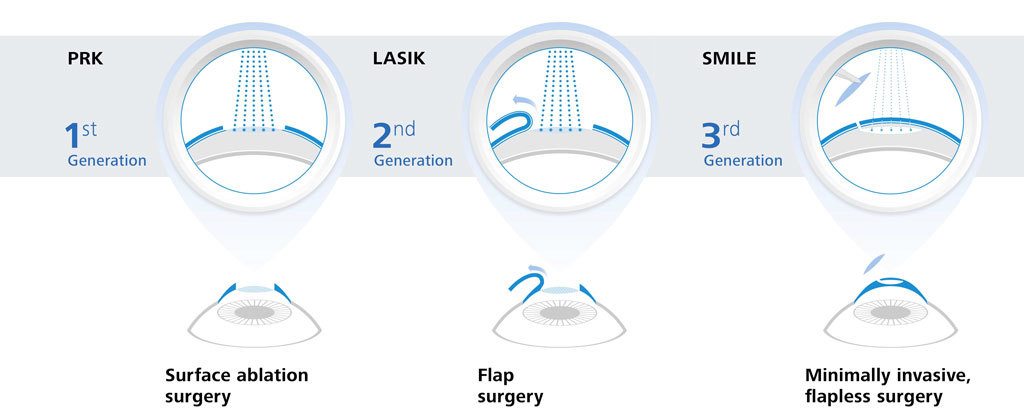What Is SMILE Eye Surgical Procedure? Procedure, Advantages, Risks & Recuperation

Content Author-Buch Neumann
If you're thinking about vision adjustment options, SMILE eye surgical procedure may be on your radar. This innovative procedure includes creating a little lenticule in the cornea to attend to nearsightedness and astigmatism. Unlike conventional LASIK, it's much less intrusive and guarantees quicker healing. However, while there are considerable advantages, there are also threats involved. Recognizing both facets can help you make an enlightened choice concerning your eye wellness. What's the healing procedure like, and what should you expect?
Understanding the SMILE Procedure
The SMILE treatment, or Small Laceration Lenticule Extraction, is a minimally intrusive eye surgical procedure created to fix vision problems like nearsightedness and astigmatism.
Throughout this procedure, a laser creates a small lenticule, or lens-shaped cells, within the cornea. You will not need any stitches, as the tiny laceration allows for a fast recovery.
The specialist after that removes the lenticule with this small cut, reshaping your cornea to improve your vision. Unlike traditional LASIK, SMILE doesn't call for the development of a big flap, which can bring about less issues.
You'll discover that this technique is less disruptive to the corneal framework, possibly enhancing stability. Understanding the procedure aids you feel extra confident as you consider your alternatives for vision improvement.
Advantages of SMILE Eye Surgery
While thinking about vision improvement options, you might discover that SMILE eye surgical treatment offers numerous compelling advantages.
First, it's minimally invasive, calling for only a little laceration, which implies much less interruption to your eye structure. This brings about quicker healing times and much less pain compared to conventional LASIK.
You'll also value its accuracy; SMILE makes use of sophisticated laser innovation to improve the cornea, offering superb outcomes for nearsightedness and astigmatism.
Additionally, lots of individuals report enhanced aesthetic top quality, with less circumstances of glare or halos. Since there's https://www.verywellhealth.com/best-eye-drops-for-allergies-4686081 for a corneal flap, your eyes remain a lot more secure post-surgery.
Last but not least, the treatment usually takes just a few minutes, allowing you to return to your daily tasks much faster than with other methods.
Potential Threats and Recuperation Process
Although SMILE eye surgery is typically safe, it is very important to be familiar with possible dangers that can occur during or after the treatment. https://mgyb.co/s/QCdcm might experience momentary side effects like completely dry eyes, glow, or halos around lights.
In uncommon instances, issues such as infection, vision loss, or the requirement for additional surgical treatment can take place.
Recovery usually includes a couple of days of rest and avoiding difficult tasks. You need to follow your cosmetic surgeon's post-operative instructions very carefully, including making use of recommended eye drops and participating in follow-up visits.
Numerous clients discover improved vision within a few days, yet complete recuperation can take weeks. Remaining client and offering your eyes time to heal is necessary for the best outcome.
Conclusion
To conclude, SMILE eye surgical treatment uses a modern, minimally invasive option for correcting nearsightedness and astigmatism. With its quicker healing time and decreased discomfort, it's an appealing selection for lots of. Nevertheless, it's vital to consider the prospective threats versus the advantages. By remaining notified and following post-operative care, you can maximize your possibilities of a successful outcome. If you're considering this procedure, consult with your eye treatment professional to identify if it's right for you.

